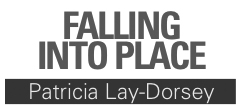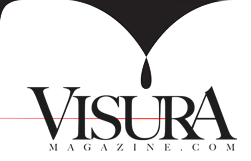
I gradually progressed from walking unaided to walking with a cane, then from a cane to a walker, and in 2000, from a walker to a motorized 3-wheeled scooter. During those years I used art and poetry to express my feelings about the changes I was undergoing, but it was not until I got serious about photography that I dared to look intimately at my body. In my first self portrait project, I examined the wrinkles that surprised me every time I looked in the mirror. The second showed my body with its sagging breasts and protruding tummy. I did not portray my disability in either.
Reflecting back, I realize it is easier for me to show my naked body than to show the reality of what I deal with day-to-day. I am not comfortable letting others see my struggles to open containers, cut up food, get in and out of bed, and pick up the objects I drop on the floor. I particularly dislike being seen when I fall. Why then am I willing to photograph myself doing such things?
While seated on the toilet one morning in June 2008, I see a pool of sunlight in the lap of my nightgown. I take the camera out of my scooter basket and snap a frame. I look down and see a lattice-like shadow on my bare foot and photograph that too. I then decide to take my camera into the shower with me. At that moment, I know this is more than a few random shots: it is the start of a new series, one I have been thinking about for years.
As an artist-turned-photographer, whenever I see photo essays or articles featuring persons with disabilities, I assess the work both photographically and personally. The photographs might be excellent, but all too often non-disabled photographers fall into the trap of presenting their subjects as brave, pitiable or some mix of the two. As a woman living with a disability I know I am neither brave nor pitiable; I am simply doing my best to live a full life with the hand I have been dealt.

Yet, how can I express my truth with the camera? It turns out to be both the easiest and hardest of tasks. The physical act of taking the pictures is easy. All I need is a wireless remote-control shutter release and the self-timer on my camera. The challenge is that when I look closely at every moment of my day, the emotional defenses I have built up over the years are stripped away. Feelings of vulnerability and shame surprise me with their ferocity. It is one thing to photograph someone else’s struggles and quite another to turn the camera on your own. There is no place to hide.
I tell myself that any pain I feel is worth it because these photographs will give people an inside view of what it is like to live with a disability. I realize now, I was doing it for myself. I needed to become intimate with this stranger, my body.
More valuable than showing others what my life is like is the wonder of seeing it for myself. It may have been an emotional stretch, but taking these self-portraits has helped me see my body for what it is: a warrior, an ally, my best friend. Instead of a stranger, it is an amazing partner who works unceasingly to help me live the life I choose. Sure, I have to respect its needs and limitations, but in return it gives me the freedom to be myself, my true self. What more can I ask?
www.patricialaydorsey.com





